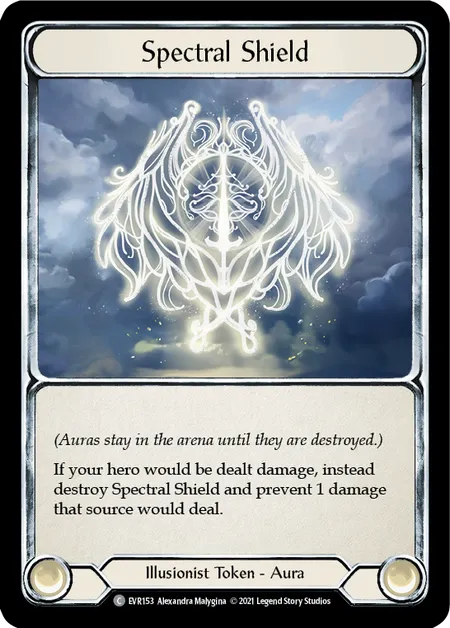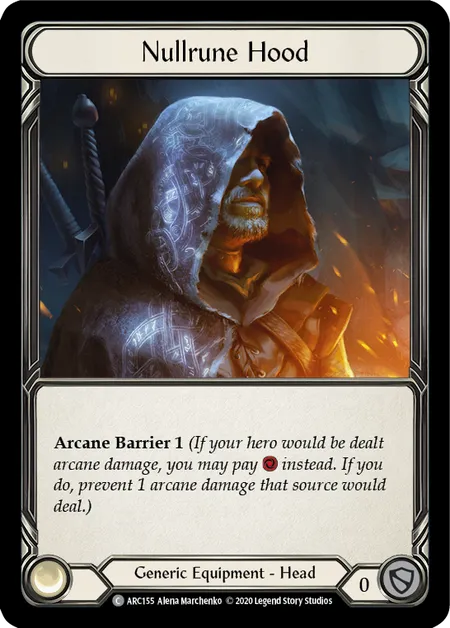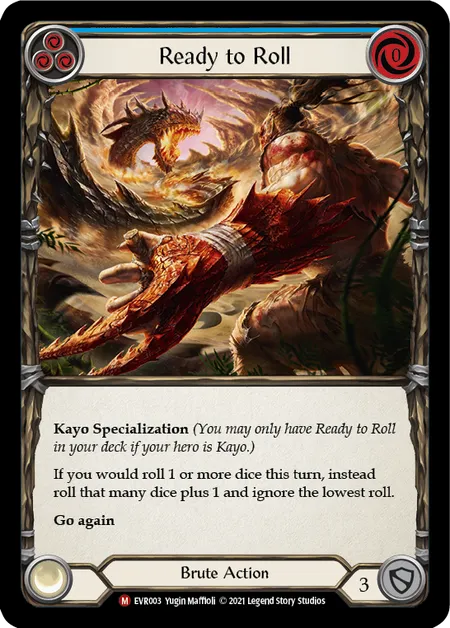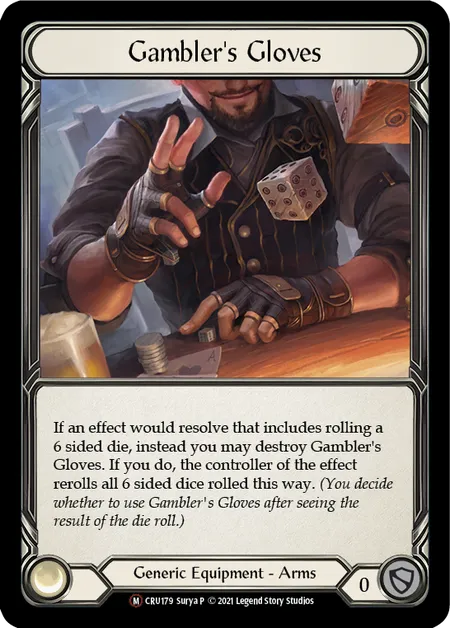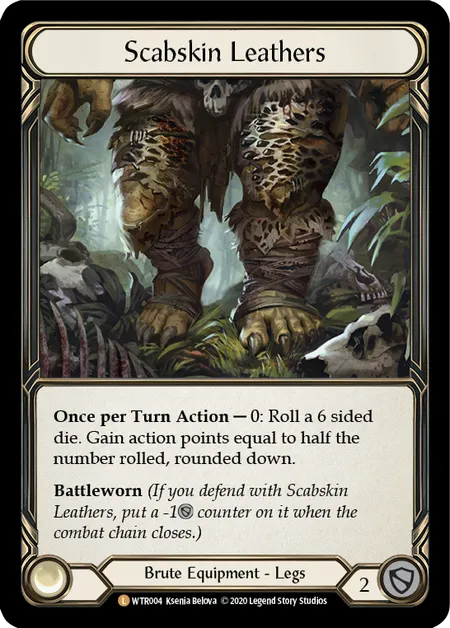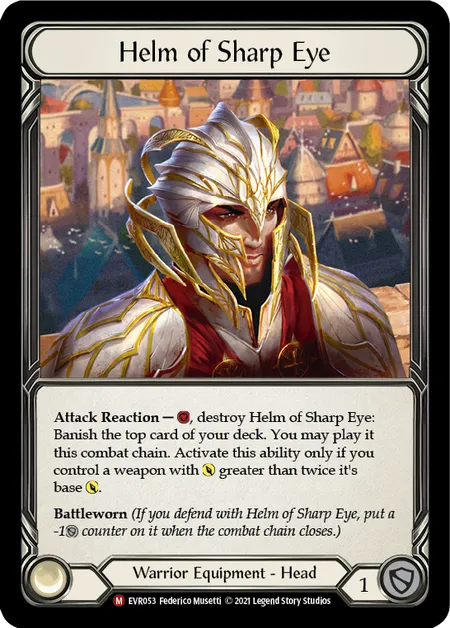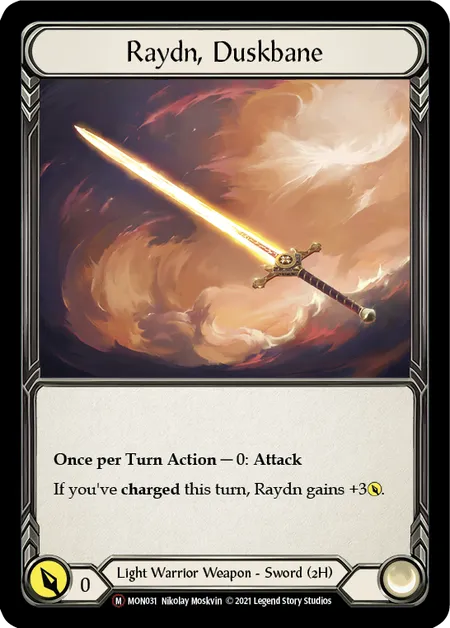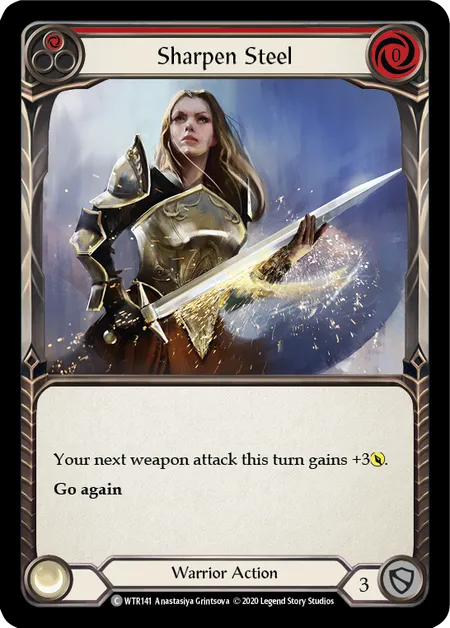Legend Story Studios’ Rules and Policy Manager, Joshua Scott is back to address some of the most recent intricacies introduced by the Everfest Supplementary set.
How does Fractal Replication work (and why)?
Fractal Replication's triggered effect effectively gains the written text (i.e. the base abilities) of each Illusionist card on the combat chain, including both attacking and defending cards (even if they're owned or controlled by your opponent). Cards that have the Illusionist supertype added by effects (such as Phantasmify) also have their abilities gained by Fractal Replication.
If Fractal Replication gains the ability of "an additional cost to pay" to play the card, you do not have to pay that cost because Fractal Replication is considered played at the time it gained that ability. On-play triggered effects will not trigger, but on-attack triggered effects will. If there is an Illusionist card that has gained an ability from an effect, that gained ability is not gained by Fractal Replication.
If Fractal Replication gains an ability where the parameter must be selected when the card is played (such as modes on a modal ability, or targets for a targeted effect), those modes and targets remain the same. This does not apply to triggered abilities, where the parameters are selected when the effect is triggered.
Tyler plays Phantasmify and then attacks Perry with Enlightened Strike, choosing the mode “When you attack with Enlightened Strike, draw a card.”. Tyler then attacks Perry with Fractal Replication. When the triggered-layer of Fractal Replication resolves, Fractal Replication gains the following abilities:
- As an additional cost to play Fractal Replication, put a card from your hand on the bottom of your deck.
- When you attack with Fractal Replication, draw a card. (The official card text of Enlightened Strike is "When you attack with Enlightened Strike, draw a card.")
The first ability is irrelevant because Fractal Replication has already been played and thus Tyler does not need to pay the additional cost.
The second ability is gained because it was originally a modal ability selected on Enlightened Strike when it was played, and therefore the same mode is used for Fractal Replication when it gains the ability. Because it is a triggered effect that triggers when Fractal Replication attacks, it should trigger because it was gained after Fractal Replication was played but before it resolves as a layer and becomes attacking.
Finally, Fractal Replication does not gain the Phantasm ability from Phantasmify because it was an ability that Enlightened Strike gained from an effect, and is not written on the card. Therefore Fractal Replication does not have Phantasm in this case.
What happens to my Spectral Shields against Swarming Gloomveil’s effect?
Swarming Gloomveil’s “can not be prevented” effect only applies after the condition is met and Swarming Gloomveil hits a hero. Arcane damage dealt before this triggered layer resolves can still be prevented, such as Runechant’s that were triggered when Swarming Gloomveil was originally played.
However, after the “can not be prevented” effect is active, prevention effects can only try, and fail, to prevent the damage. If a prevention effect also includes additional effects as a requirement or as part of the prevention, those effects still occur as part of the prevention effect trying to modify the event of damage. For example, you may still pay the resource cost to apply Arcane Barrier’s prevention effect to the event (which does nothing), and a Spectral Shield token will still be destroyed trying to prevent the damage. In both cases, because the damage has not been prevented, any other other prevention effects remain active and therefore still apply to the damage event. This can lead to situations where 1 point of arcane damage can destroy any number of Spectral Shields.
Tyler has created three aura’s, hit with Swarming Gloomveil, and controls a single Runechant token, while Perry currently controls three Spectral Shields. Tyler plays an attack action card targeting Perry, and Tyler’s Runechant token triggers and resolves to deal 1 arcane damage to Perry. Perry must apply all three Spectral Shields' prevention effects as they are not optional. The first Spectral Shield applies its effect, destroying itself, and failing to prevent the damage due to Swarming Gloomveil’s effect. Because 1 arcane damage is still about to be dealt to Perry, the next Spectral Shield applies its effect with the same outcome, and again with the third Spectral Shield. In short, Tyler deals 1 arcane damage to Perry, destroying all of their Spectral Shields in the process.
How does Skull Crushers, Ready to Roll and Gambler’s Gloves interact?
In short, Skull Crushers' effect triggers on the final result of a roll event. This final result is an outcome of an event that involves rolling dice, and not the process of how the dice are rolled, re-rolled, or ignored inside that event.
When you play Ready to Roll, and then roll a die, Ready to Roll’s replacement effect does two things to modify the roll event: first it adds an additional dice to the number of dice rolled as part of that event; second, when the final result of the roll is to be taken as an outcome, you ignore the lowest roll as if it had never happened. This means if you would roll 1 dice, you instead roll 2 dice, then remove the lowest, and whatever is left is considered by Skull Crushers as the final result of the event.
Finally Gambler’s Gloves introduces another level of complexity to this interaction. Gambler’s Gloves’ replacement effect modifies the roll event, such that after the dice have been rolled they may be re-roll with that result being used instead. In conjunction with Ready to Roll the event essentially gets modified from “Roll a 6 sided die.” to “Roll two 6 sided dice. Then you may destroy Gambler’s Gloves, if you do, re-roll the two dice. Then ignore the lowest roll”.
Tyler controls Gambler’s Gloves. Tyler plays and resolves Ready to Roll, Ready to Roll, and then activates and resolves Scabskin Leathers. The activated-layer of Scabskin Leathers resolves in two discrete events, “Roll a 6 sided die.” and “Gain action points equal to half the number roll, rounded down.”. The two effects produced by the two Ready to Roll’s and the effect of Gambler’s Gloves modify the roll event to eventually become “Roll three 6 sided dice. Then you may destroy Gambler’s Gloves, if you do, re-roll the three dice. Ignore the lowest two rolls.”. When the event occurs Tyler rolls a 2, 5, and 5; then opts not to re-roll; and then finally ignores the lowest two rolls, resulting in a final result of 5. When the next event occurs, Tyler gains 2 action points, and the activated-layer of Scabskin Leathers has finished resolving.
Can I activate Helm of Sharp Eye with a Dawnblade attack for 7? And what happens if I banish a Non-attack action?
Helm of Sharp Eye's activated ability is enabled both when an weapon OR a weapon attack have a modified power value greater than twice its base power. This means that cards like Sharpen Steel, and Ironsong Determination contribute towards enabling this activated ability. Weapons like Radyn only need an increase of 1 power to be more than twice its base power of 0, and Dawnblade requires an increase of at least 4 (to get to 7 power).
Helm of Sharp Eye was never designed to allow the player to banish and play a ‘non-attack’ action card, and as such the CR1.5 (and future CR2.0) strictly require the combat chain to be closed before ‘non-attack’ action cards and abilities can be played or activated (unless they are played or activated as instants, which Helm of Sharp Eye does not do). Even if you banish a ‘non-attack’ action card, you will not be able to play it this turn (without other effects).
Tyler controls Dawnblade with a +1{p} counter. Tyler plays and resolves Sharpen Steel (red) and attacks Perry with Dawnblade. Tyler can now activate Helm of Sharp Eye because the Dawnblade attack has 7 power, which is greater than twice the base power of Dawnblade. Tyler activates and resolves Helm of Sharp Eye, banishing a second Sharpen Steel. Even when the chain link resolves, Tyler can not play Sharpen Steel from their banished zone because they must close the combat chain to do so, and when that happens Helm of Sharp Eye’s effect will not allow Sharpen Steel to be played anymore.
Quick fire round:
Does Potion of Luck trigger Earthlore Bounty?
Yes. With four cards in hand, and a card in arsenal, Potion of Luck will generate 5 Seismic Surges from Earthlore Bounty.
When I play Pick a Card Any Card, do I get the benefit of Korshem’s triggered effect?
Yes. The player who played Pick a Card Any Card, is the player instructed to do the revealing, therefore they are the controller of the trigger-layers from Korshems triggered effect.
Can I use Cash Out’s with token Aura’s and Luminaris?
Yes. During your action phase, token aura’s meet the requirement for Cash Out’s effect, and therefore can be destroyed to create a Silver token for each aura destroyed.
Can I activate Crown of Reflection to put Passing Mirage into the arena to prevent Phantasm from resolving on my first Illusionist attack?
No. If Phantasm has already triggered on your first attack, Passing Mirage will not remove the triggered-layer from the stack, and as long as the trigger condition is still met (defended by an attack with 6 or more power), it will resolve, destroy the attack, and close the combat chain.




